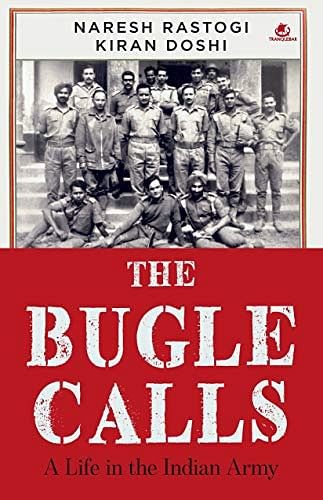

An analysis of our post-independence military campaigns betrays an overwhelming emphasis on the tactical level at the cost of the operational and strategic levels of war. This has led to a sub-optimal utilisation of our military resources. It is the author's contention that an analysis of India's ancient and recent military history goes to show that Indian Operational Art has been based totally on an attrition mindset. Operational Art has two basic styles-one based on attrition and the other on manoeuvre. Within this larger ambit, the focus of this paper will be on examining our performance (or the absence of it) at the level of Operational Art. This period alone can yield lessons that are relevant to our modern context. However, the focus in this paper will largely be on analysing our post-independence military experience. It held its own against world class foes like the Germans, Japanese and Turks. It has successfully managed insurgencies in the northeastern states, a vicious terrorist movement in the Punjab and has almost succeeded in taming a faultline jehad in Kashmir.Īs a historical entity, the Indian Army can also lay claim to an even larger repository of combat experience of the colonial wars of the British Empire and the two major World Wars of the last century.

In addition, it has a wealth of experience in the genre of low intensity conflict. It has, since 1947, fought four major short duration and high intensity conflicts (Jammu and Kashmir (J&K)-1947-48, 1962, 19). The post-independence Indian Army can claim to be the one of the most combat tested military organisations in the world. We need to recognise the criticality of the level of Operational Art in the context of limited or unlimited wars in the subcontinent and the dire necessity of outgrowing an attrition mindset-a transition from attrition to manoeuvre warfare. This paper focusses on the performance of the Indian Army at the level of Operational Art, within the larger ambit of our post-independence military experience. The Indian Army can lay claim to a large repository of combat experience, having held its own against world class foes like the Germans, Japanese and Turks in the colonial wars of the British Empire and the two World Wars of the last century. Operational Art in the Indian Context: An Open Sources Analysis A Monthly Journal of the IDSA September 2001 (Vol.


 0 kommentar(er)
0 kommentar(er)
